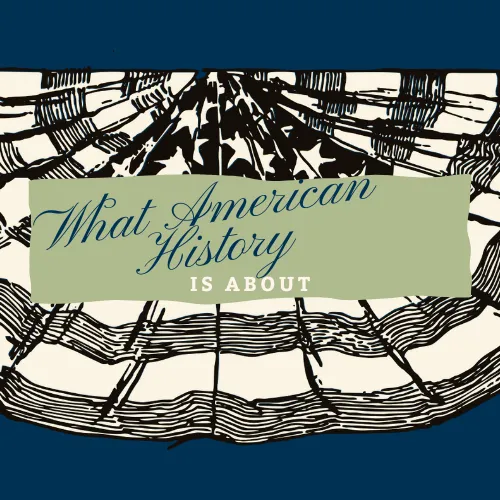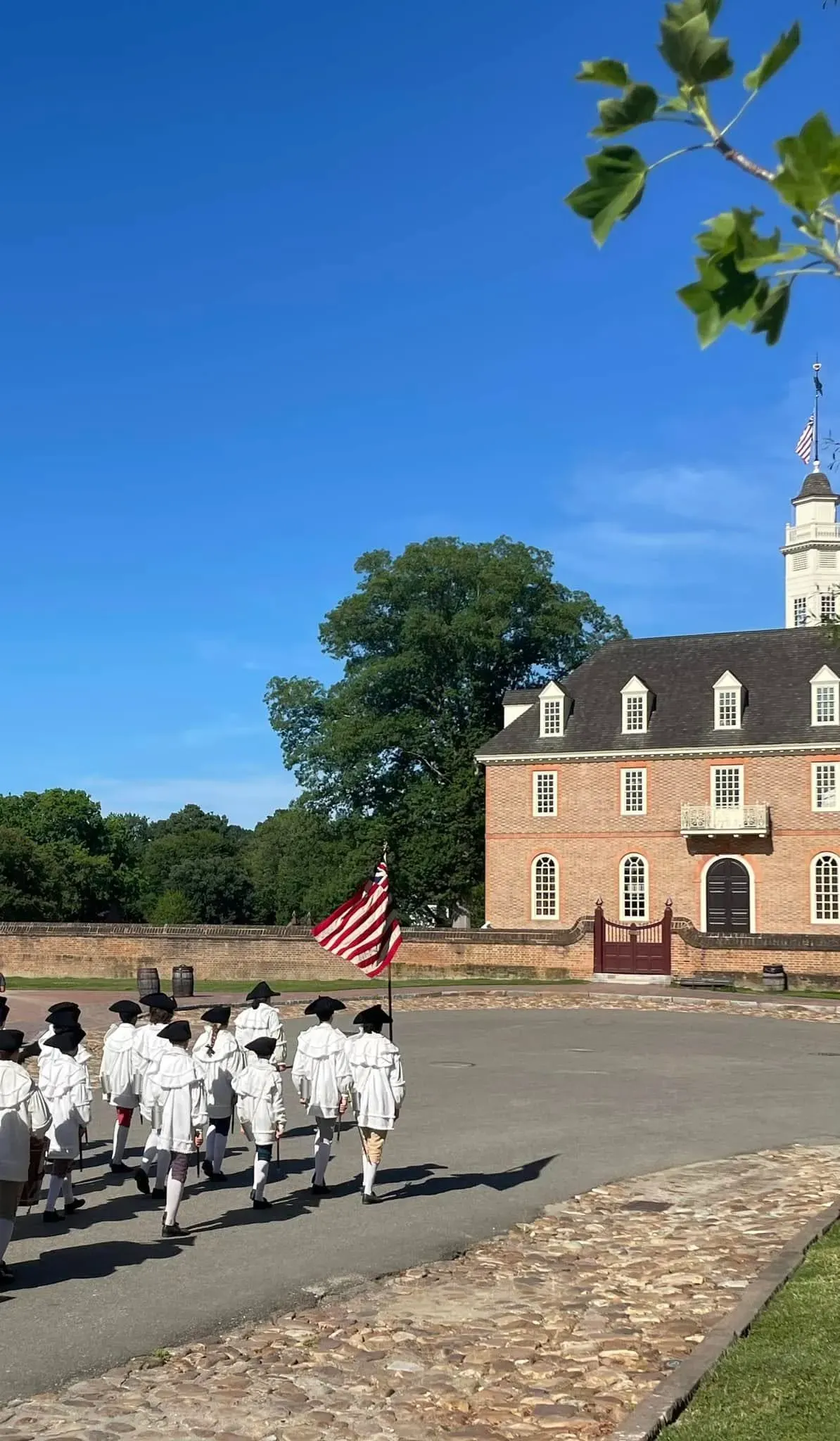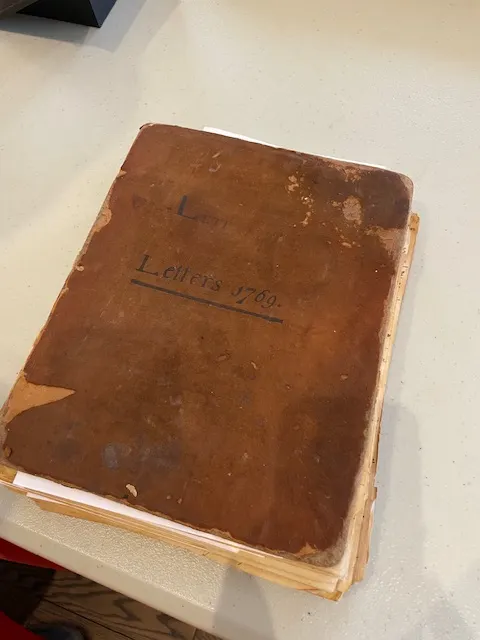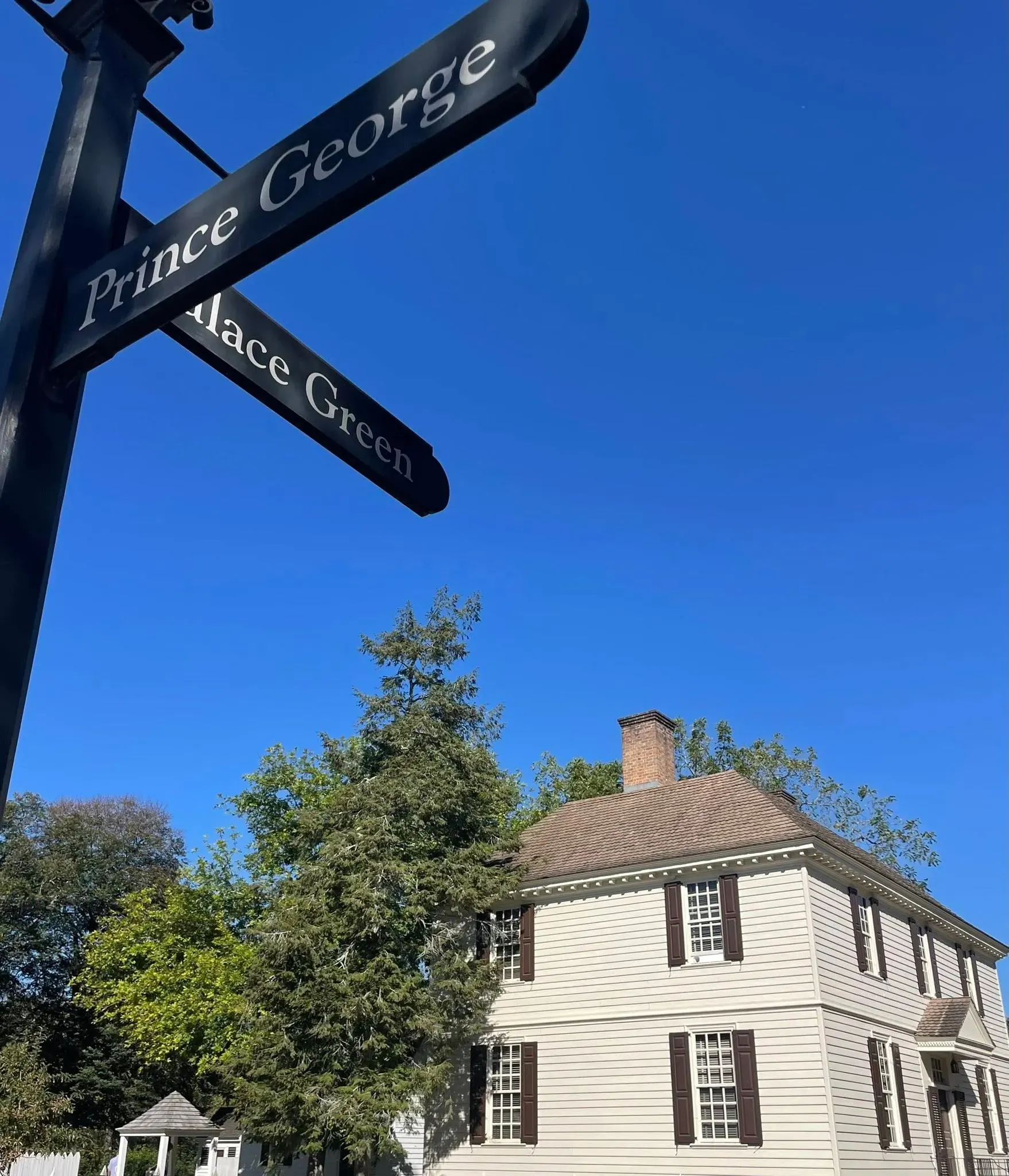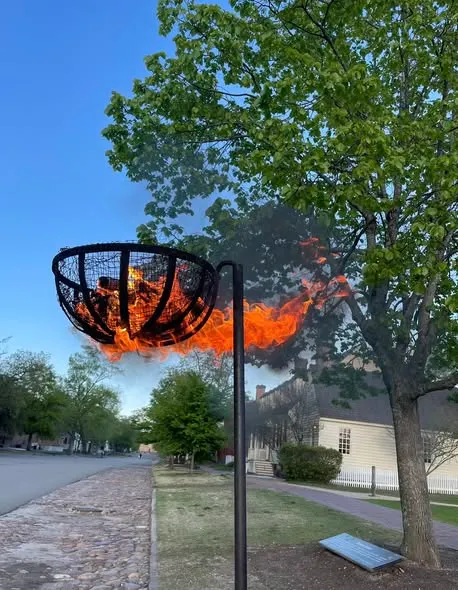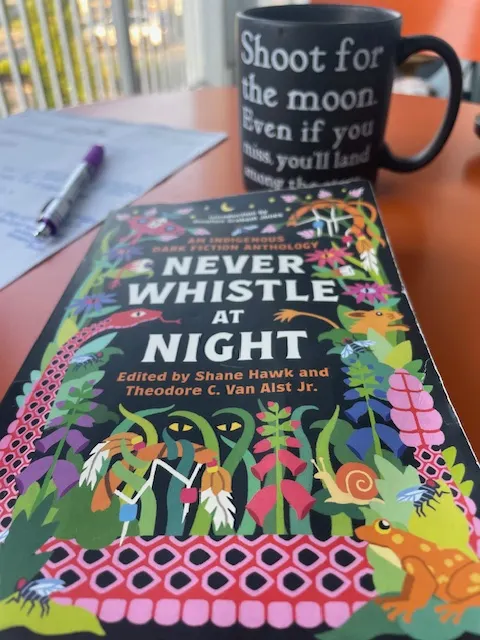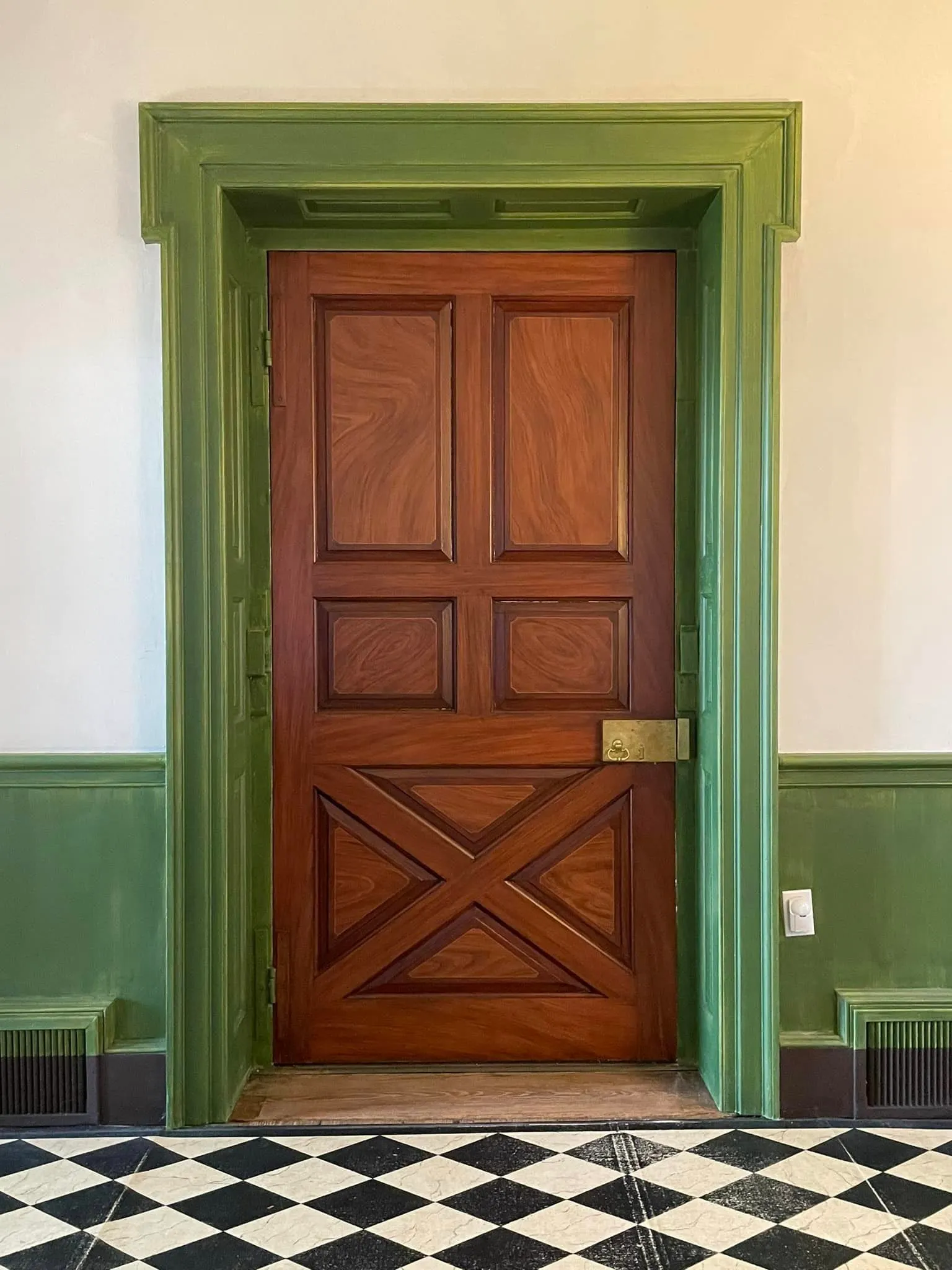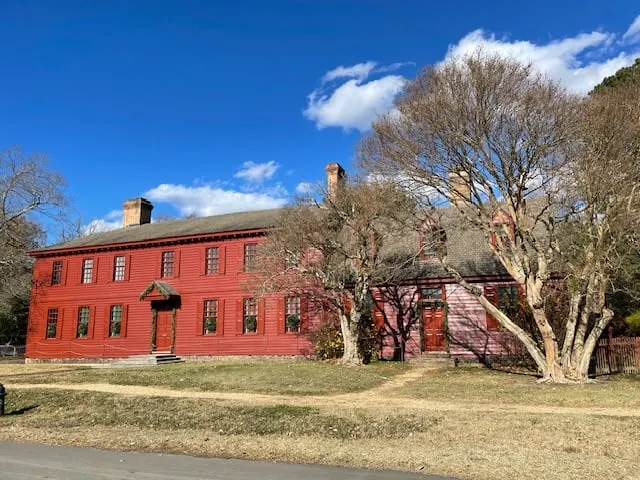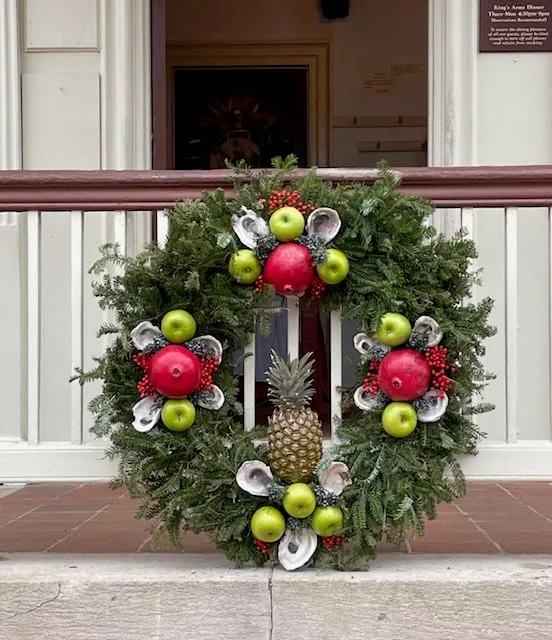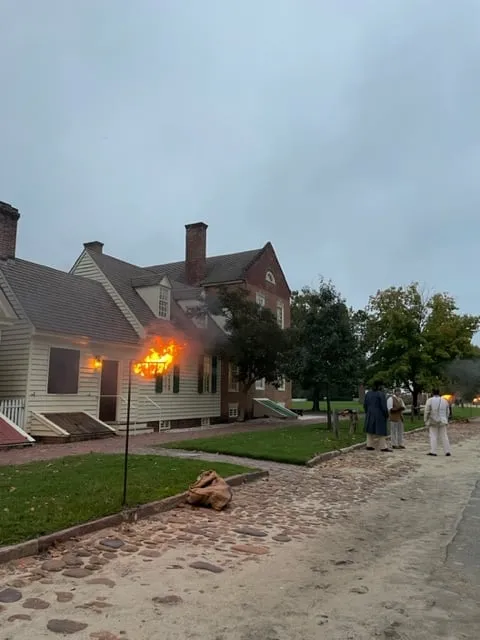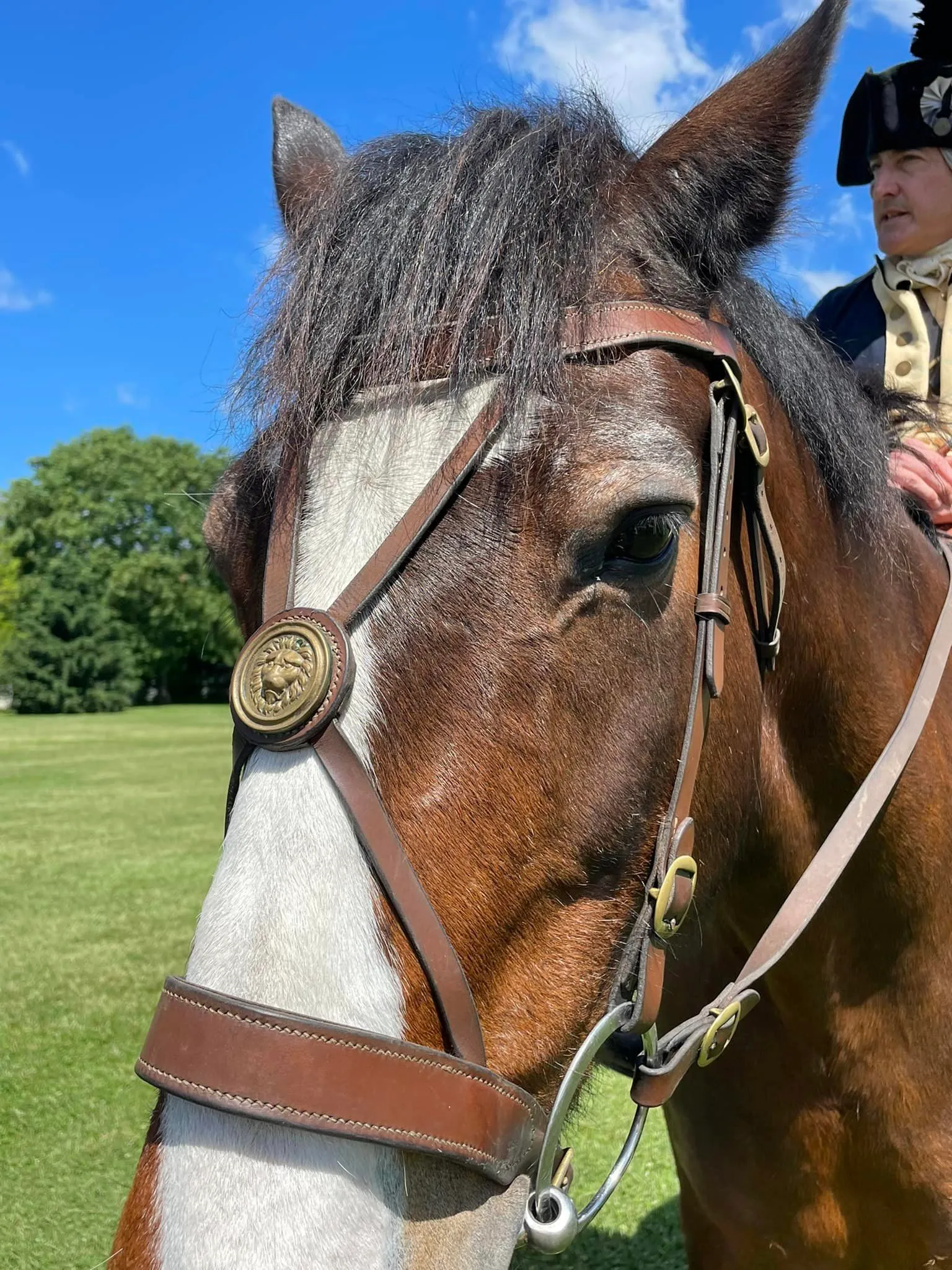Timeless Treasures: Must-Visit Living History Museums That Bring the Past to Life!
I love immersing myself in history, so what better way than visiting a living history museum?
You might notice if you check out the categories I've tagged this article with, it covers just about every single one on my list! It's an initial run at the concept of finding immersive living history museums to visit in the United States.
As I wandered Colonial Williamsburg (CW) on Labor Day, I went with intent to get recommendations. A visit to both the tailor shop and the Palace Kitchen, as well as a chat with our Martha Washington, Katharine Pittman, added and affirmed the list I'd started compiling months ago.
Read on for some places I've personally visited or that have been recommended to me. Bookmark this page, because I'll be updating it as I hear from readers and find more living history museums to add.
None of these were picked up from Google, they're from my experience and/or recommendations of people I trust! And yes, I know there are fantastic museums of all kinds out there- but this post is focused on living history.
Author's note: the name of each site is clickable and will open into a new tab. Use the links to check ticket options and "open" hours.
Necessary disclaimer: As a blogger, I use affiliate links sometimes! I may receive commission from purchases I share; it does not change your price but sometimes you might get a discount.
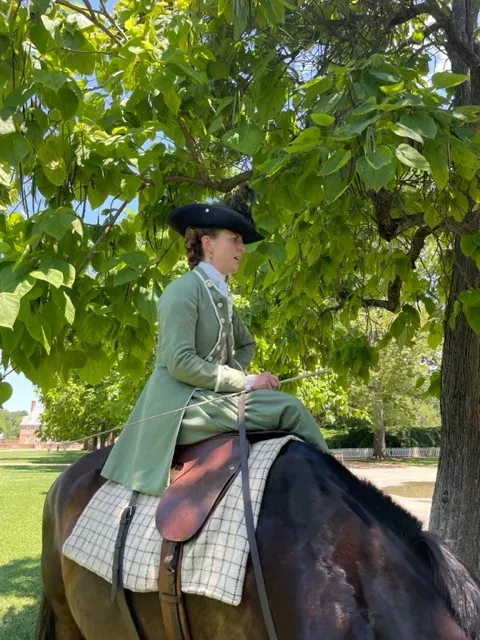
Katharine Pittman as Martha Washington chatting with the public, CW
Starting in Virginia
It's what I know best and have easy access to explore.
Virginia's home to the first permanent English settlement in North America. Living in Williamsburg allows for an immersive experience any day of the week-- literally.
Whether I go a mile or two down the street to Colonial Williamsburg or drive an hour or two away, the largest of the original 13 colonies offers up multiple opportunities within reach.
The historic triangle.
Jamestown Settlement. This living history museum is near the actual settlement site (now Historic Jamestowne, focused on the archaeology). Living history is experienced in a Paspahegh town as well as a re-creation of the English settlement.
Personally I love the food demonstrations in both. Inside the settlement walls, you'll even see chickens wandering freely near the kitchen!
Side note: there is also an indoor museum and reproductions of the three original ships that brought settlers to Virginia in addition to the living history.
Colonial Williamsburg. Where to start with CW? Currently, the largest living history museum in the world, the experience is the ultimate immersive experience. My suggestion for history lovers: plan on several days if you can swing it.
- Trade shops. These are legit. The tradesmen are not actors. Apprenticeships can last up to 7 years leading to becoming a journeyman and, ultimately, a master. The trades use 18th century techniques and processes and in addition to creating furniture, bricks, clothing, and wigs (and so much more) for CW, they do private commissions and create for other museums.
- Nation Builders. CW Nation Builders aren't simply actors- they're historians. They immerse themselves into one person from history for years, continually learning. You can catch them on stage but also wandering CW for informal conversations.
- Costumed interpreters. Throughout CW you'll find tour guides and staff in 18th century costumes, bringing an authenticity to the experience.
- Performances. Another opportunity to learn history and be immersed in it are the performances. Examples include Shock of Electricity as part of VA 250, Pursuing Happiness, and special holiday performances such as those taking place during Grand Illumination or Presidents Weekend. It doesn't get much more immersive than watching the Washingtons salute veterans on Veteran's Day.
And then the non-living history bits like the Art Museums of Colonial Williamsburg, building tours, and walking tours.
The American Revolution Museum at Yorktown. Visiting this museum is more than experiencing the exhibits in the gallery. You wander a reconstructed military encampment and an 18th century farm.
Experienced interpreters share everything from how the soldiers slept and fed themselves to life in Yorktown, a sleepy little port on the York River prior to the fame of the 1781 victory for the Americans.
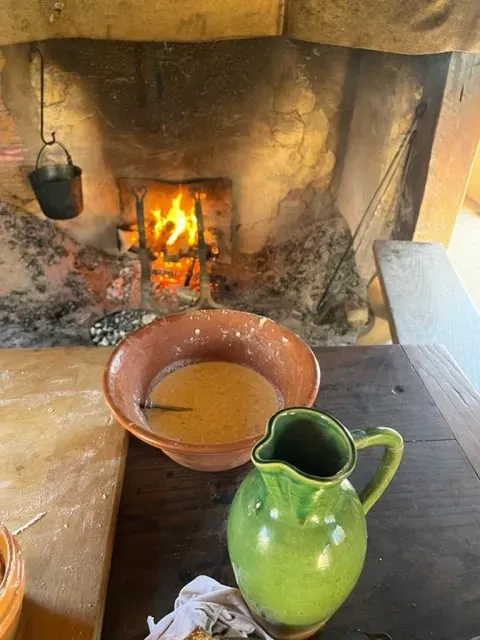
Kitchen demonstration, Jamestown Settlement
Central Virginia.
Meadow Farm Museum. Located at Crump Park in Glen Allen, just outside of Richmond, you'll find stories that not only include the Sheppard family who owned the land from the 18th century into the mid 20th century, you'll learn about the enslaved and, even earlier, the Native Americans.
Opportunities to tour the 1810 farmhouse and see programming as well as wander the farm are part of the experience. Credit due: a recommendation by CW's Master Farmer Ed Schultz when I asked about other living history museums that feature farming and are worth a visit!
Henricus Historical Park. Did you know that the Citie of Henricus was the second successful English settlement? I didn't! Thanks to my dear friend Jenni, who lives near it, it's been added to my must-visit list. The park takes you back to the 17th century-- life, trades, performances-- highlights of the English settlers of 1611 as well as sharing the story of the Powhatan natives.
The rest of Virginia.
Frontier Culture Museum. If you find yourself in the Shenandoah Valley, this is for you! Several tradespeople at CW have recommended visiting this living history museum. Interpreters showcase life as expansion westward took place in Colonial America and beyond.
Homes, agriculture, and trades are all part of the experience. In addition to the focus on the Irish, German, and English settlers, you'll learn about the experience of Virginia's American Indian tribes and the enslaved.
Stratford Hall. Yes, you can get living history in the Northern Neck of Virginia... for chocolate lovers! Home to the Lee family, from Richard Henry Lee and his siblings, all key players in the fight for independence to being the birthplace of Robert E. Lee, there is complexity in the Lee family history. It includes, as most 18th century families have, the enslaved. And I'm updating this post in 2025, because now I've been there. Click here.
One such individual at Stratford Hall was Hercules, a renowned chocolatier. Credit due to Abby of our CW Historic Foodways team for sharing the story of Hercules with me. Apparently, people would try to swing invitations to the Lee home just to taste his chocolate! Today, you can experience Hercules being interpreted in first-person at Stratford Hall.
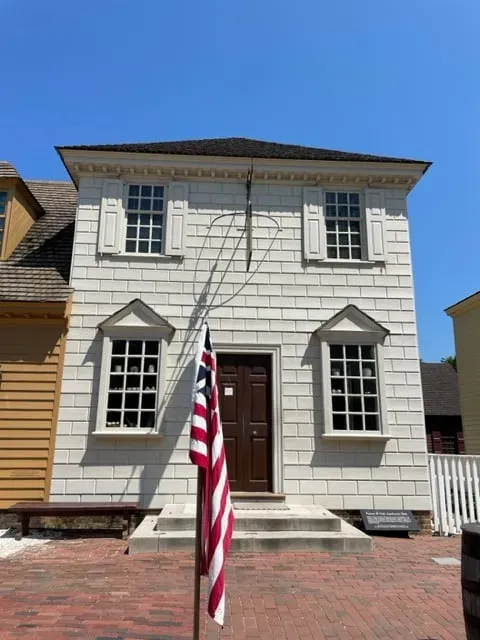
Pasteur & Galt Apothecary shop, CW
Throughout the United States
This section is more of a bucket list for me and will be ever-evolving as I find out more! For now, I know of these, all located in one of the original 13 colonies.
Massachusetts.
Old Sturbridge Village. If you have a passion for the 19th century, how about visiting a New England town frozen in the 1830s? On over 200 acres, you can experience rural life in New England during the mid-19th century.
North Carolina.
Old Salem Museums and Gardens. This one was specifically mentioned to me by CW's Master Tailor, Mark Hutter. He is always gracious in conversations around his specialty but also- overall history. (a wealth of knowledge in fact, as are his journeyman and apprentice!)
Though on a much smaller scale than CW, there are trade shops and interpreters to share their perspectives on American history. Additionally, it's a museum that includes archives, gardens, and archaeology amongst their offerings.
New Jersey.
Old Barracks Museum in Trenton. This has been brought to my attention several times over the last couple of years- and with my passion for both the military and history, it's a priority if I make it to the area.
The museum is housed in a structure originally built in 1758 and used again later during the Revolution. It's been a museum for over a century and knowing the importance of the Battle of Trenton, on my 'must-see' list.
New York.
Genesee Country Village and Museum. After hearing about this place from Mr. Hutter, I checked it out online and am adding it to my 'must-visit' list. I'm fascinated that it has 68 historical buildings moved to the property in order to tell the stories of three distinct eras: 1790-1820, 1830-70, and 1860-1900.
I love the idea of structured movement through early America. What a fantastic way to learn history!
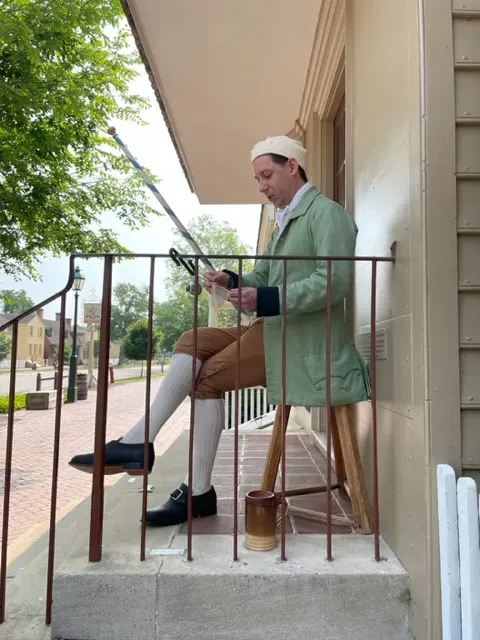
Wigmaker Benton literally "networking" outside Charlton's shop, CW
Calls to action
Have you visited a living history museum on this list?
Tell us about it in the comments!
Have you visited a living history not listed?
Please share it in the comments or subscribe to the blog and connect with me using email.
Interested in opportunities to share American history with the kids in your life? Click here.
And as of July, 2025- I've started putting together customized travel itineraries based on YOUR interests. If you're heading to Virginia (or thinking about it!), book a call by clicking here and let's chat about it.
Closing Words from History
Preserving the trades is a facet of living history museums I'm personally grateful for and I hope you are too! Today's closing words- the opening of Benjamin Franklin's nephew's "indenture of apprenticeship" details.
Click here to read the text in full, with citations and notes, on the Founders Archives.
James Franklin: Indenture of Apprenticeship, 5 November 1740
James Franklin:9 Indenture of Apprenticeship
Printed form, with MS insertions in blanks: American Philosophical Society
[November 5, 1740]
This Indenture Witnesseth, That James Franklin late of Newport in Rhodeisland, but now of Philadelphia in Pennsilvania Hath put himself, and by these Presents, doth voluntarily, and of his own free Will and Accord, put himself Apprentice to Benjamin Franklin of the City of Philadelphia, Printer to learn his Art, Trade, and Mystery, and after the Manner of an Apprentice to serve the said Benjamin Franklin from the Day of the Date hereof, for, and during, and unto the full End and Term of Seven Years next ensuing. During all which Term, the said Apprentice his said Master faithfully shall serve, his Secrets keep, his lawful Commands everywhere readily obey.
Are you enjoying the blog? Use my online tip jar and buy me a coffee:
There is a huge practical disclaimer to the content on this blog, which is my way of sharing my excitement and basically journaling online.
1) I am not a historian nor an expert. I will let you know I’m relaying the information as I understand and interpret it. The employees of Colonial Williamsburg base their presentations, work, and responses on historical documents and mainly primary sources.
2) I will update for accuracy as history is constant learning. If you have a question about accuracy, please ask me! I will get the answer from the best source I can find.
3) Photo credit to me, Daphne Reznik, for all photos in this post, unless otherwise credited! All photos are personal photos taken in public access locations or with specific permission.
